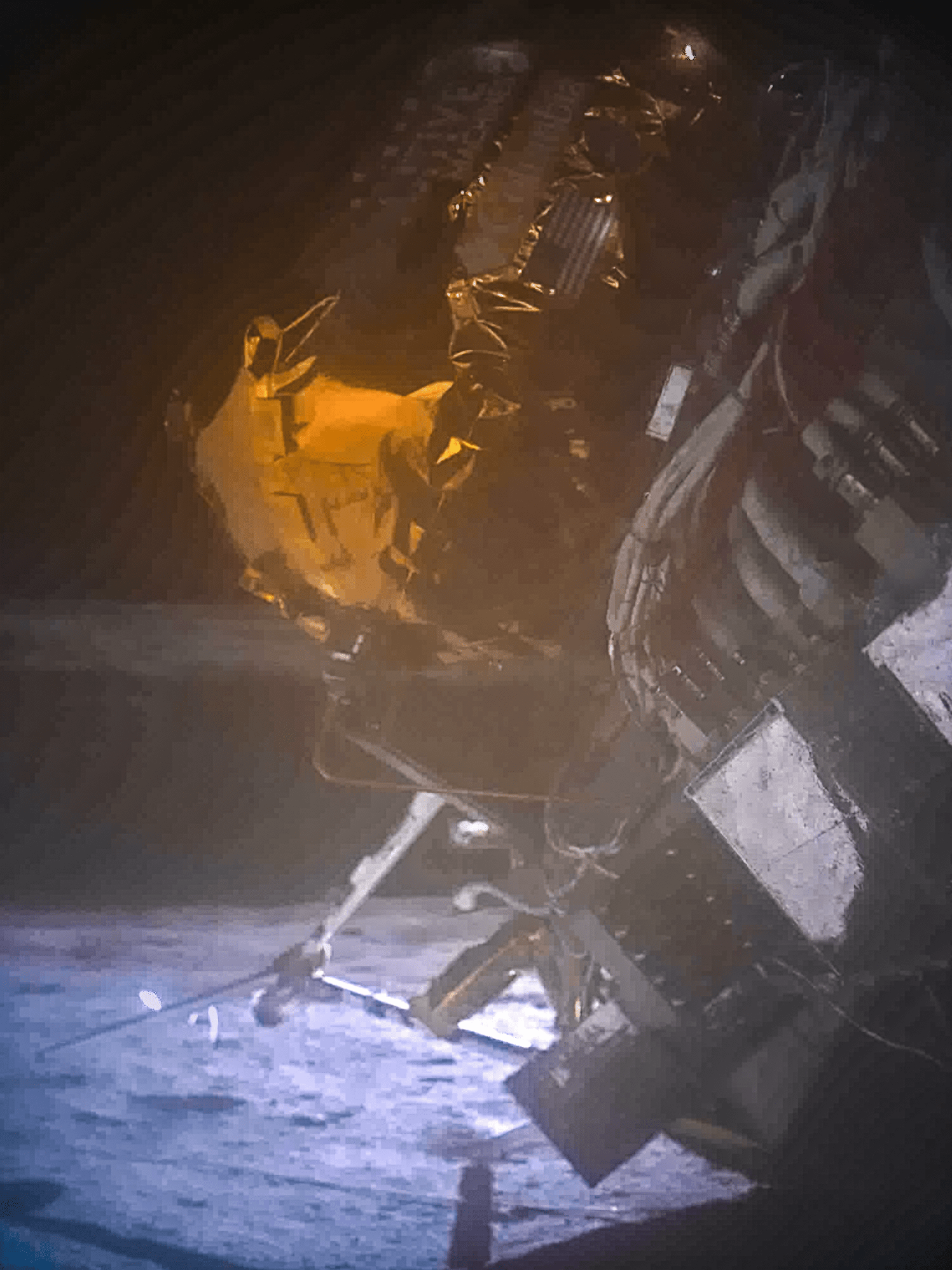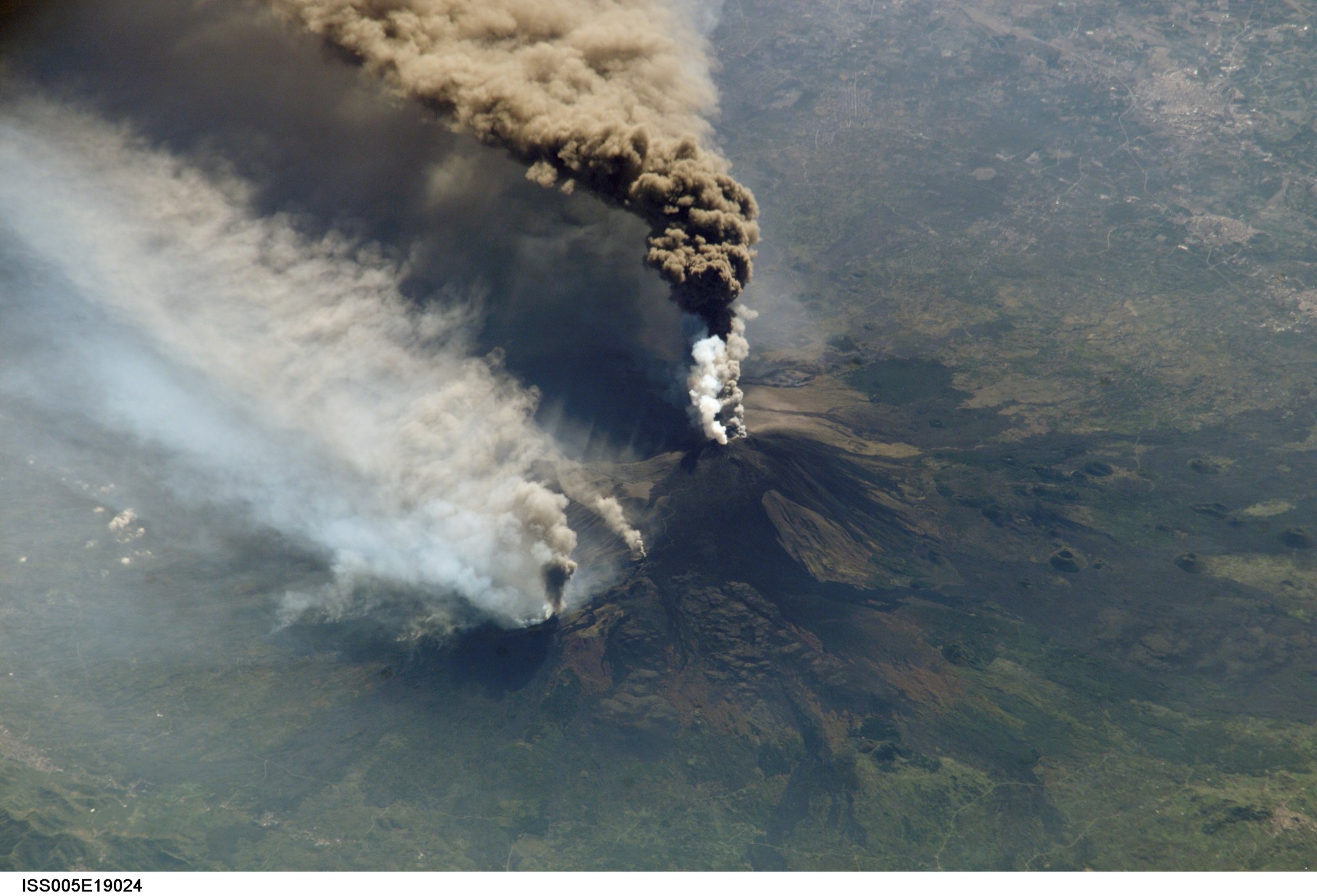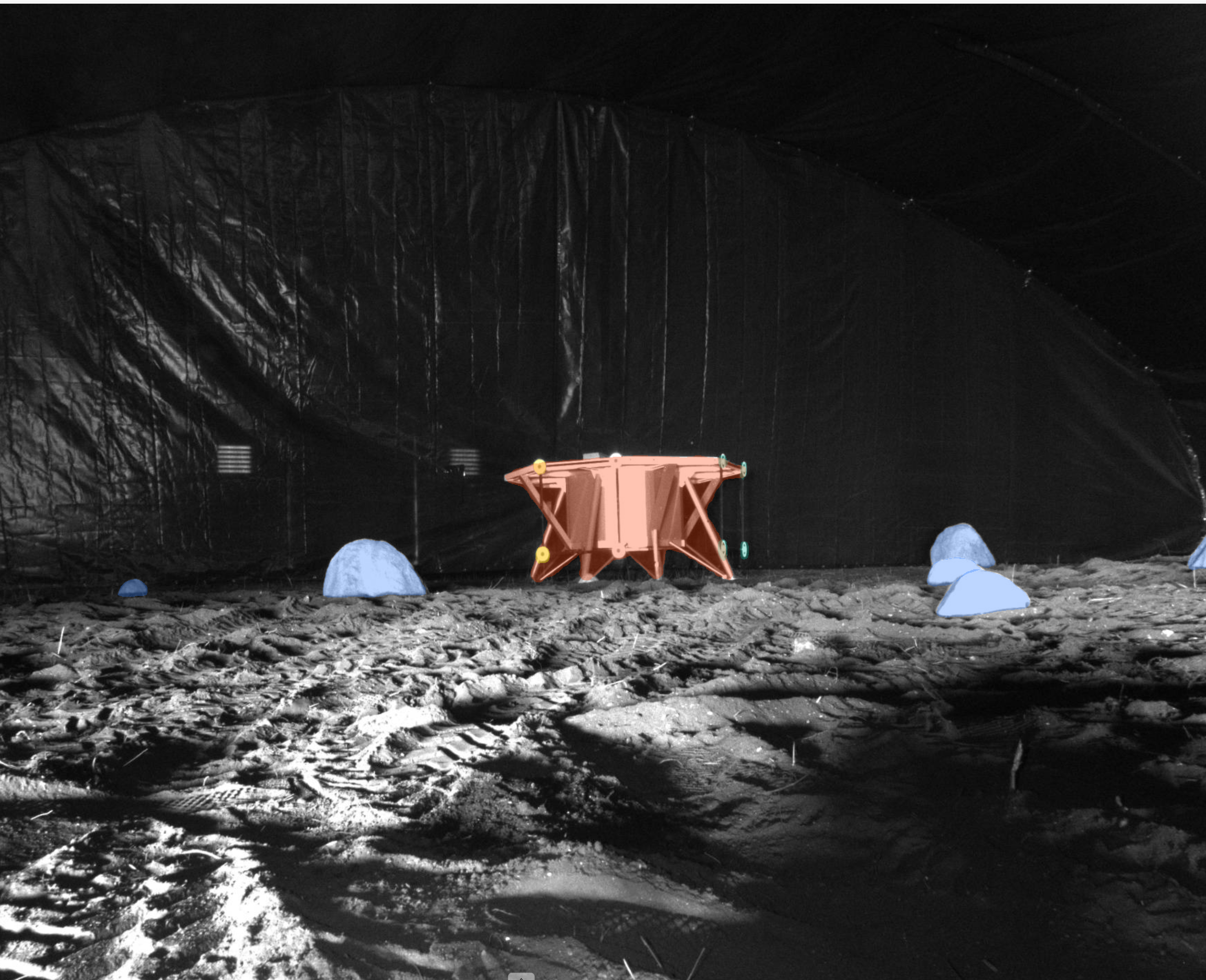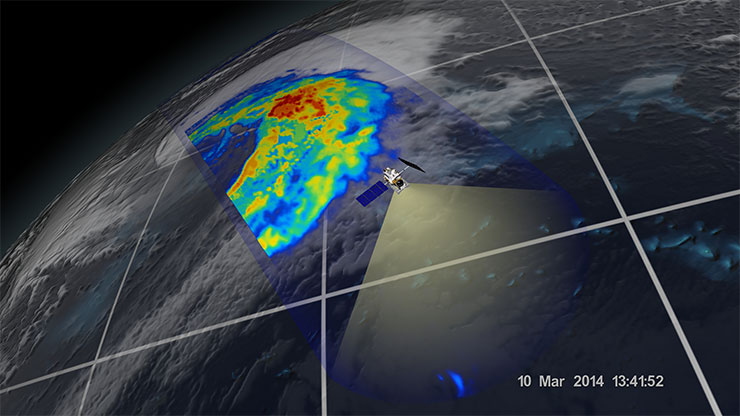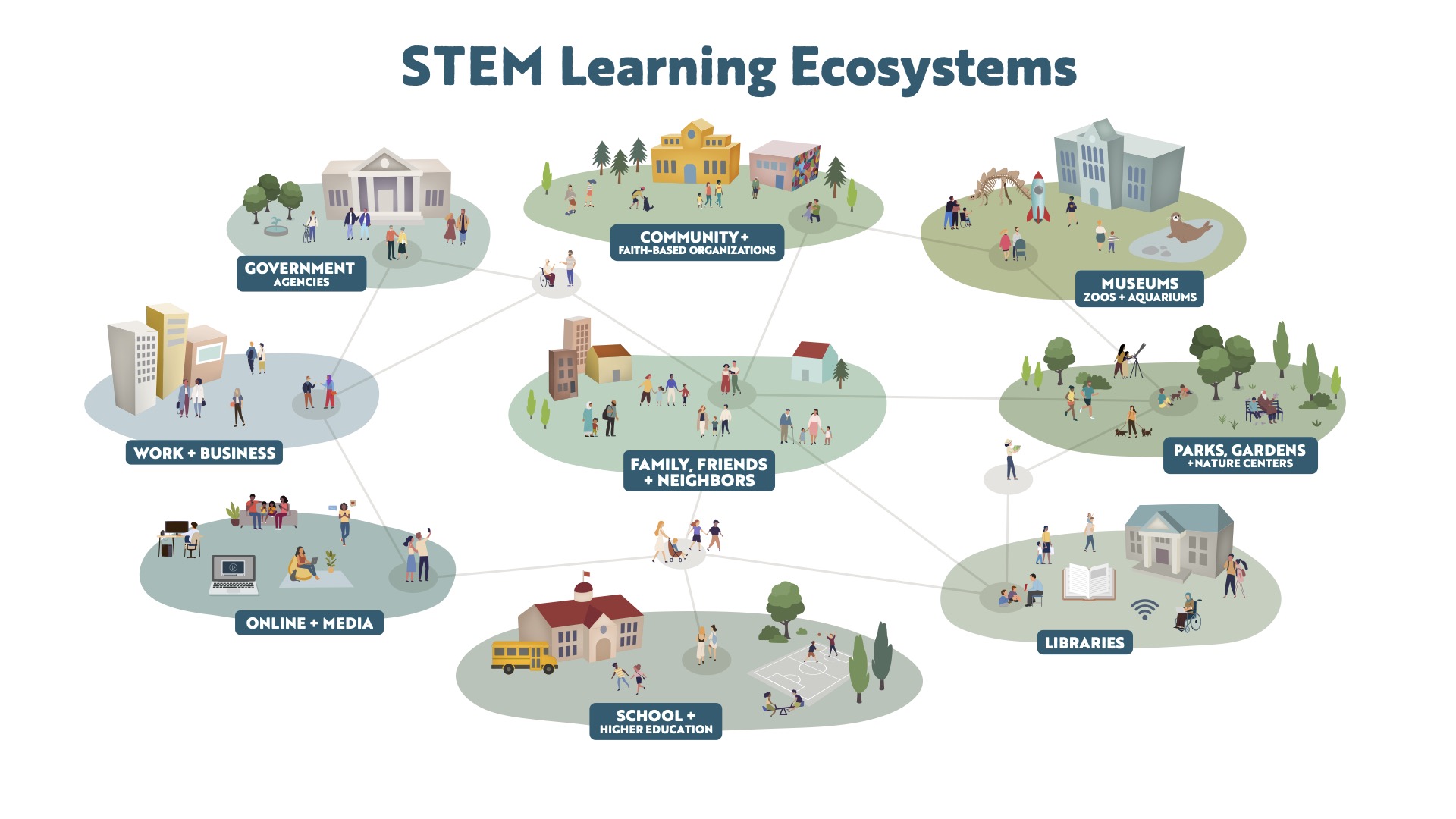NASA’s bold plan to get pristine samples of Mars to Earth for analysis is facing major challenges, according to a new report. Design, cost and scheduling are all significant obstacles, an audit report of NASA’s Mars Sample Return (MSR) Program by the agency’s Office of Inspector General (OIG) finds. MSR aims to return Martian geological samples to Earth for scientific study. It involves landing on Mars to collect samples taken by the Perseverance rover and launching those samples to rendezvous with an orbiter, which will haul them to Earth. Related: NASA’s…
Read MoreMonth: March 2024
NASA Collects First Surface Science in Decades via Commercial Moon Mission
For the first time in more than 50 years, NASA was able to collect data from new science instruments and technology demonstrations on the Moon. The data comes from the first successful landing of a delivery through NASA’s CLPS (Commercial Lunar Payload Services) initiative and Artemis campaign. The six instruments ceased science and technology operations eight days after landing in the lunar South Pole region aboard Intuitive Machines’ Odysseus, meeting pre-launch projected mission operations. Known as IM-1, this was the first U.S. soft landing on the Moon in decades, touching…
Read MoreWomen’s History Month: Celebrating Women Astronauts 2024
“A bird cannot fly with one wing only. Human space flight cannot develop any further without the active participation of women.” – Valentina Tereshkova “If we want scientists and engineers in the future, we should be cultivating the girls as much as the boys.” – Sally Ride “International cooperation is very necessary. Chinese have a saying, ‘When all the people collect the wood, you will make a great fire.’” – Liu Yang As of Feb. 29, 2024, 75 women have flown in space. Of these, 47 have worked on the…
Read MoreAdam Sandler’s ‘Spaceman’ used NASA artifacts to create sci-fi film’s spaceship
There is a scene in the new science fiction film “Spaceman” where Adam Sandler, playing a Czech astronaut, floats by a brown duffle bag attached to one of the walls of his spaceship. There is nothing particularly notable about the scene and, in the context of the movie, there is nothing special about the bag. It is one of many such items that have come to be expected aboard a spacecraft. What sets it apart is that the bag is a real piece of space equipment. “That is a NASA…
Read MoreCan Volcanic Super Eruptions Lead to Major Cooling? Study Suggests No
Some 74,000 years ago, the Toba volcano in Indonesia exploded with a force 1,000 times more powerful than the 1980 eruption of Mount St. Helens. The mystery is what happened after that – namely, to what degree that extreme explosion might have cooled global temperatures. Crew aboard the International Space Station photographed the eruption of Mount Etna in Sicily in October 2002. Ashfall was reported more than 350 miles away. When it comes to explosive power, however, no eruption in modern times can compare with a super eruption – which…
Read MoreIPEx Autonomy Testing
A photo taken from the ISRU Pilot Excavator as it is tested in a blacked out facility with minimal lighting that mimics the harsh, feature-less terrain of the Moon. NASA A photo taken from the ISRU Pilot Excavator as it is tested in a blacked out facility with minimal lighting that mimics the harsh, feature-less terrain of the Moon. NASA Harsh, low-angle sunlight, long and dark shadows, and a featureless terrain will make navigation difficult when NASA’s ISRU Pilot Excavator (IPEx) is sent to the Moon. Because of this, the…
Read MoreHubble Uncovers a Celestial Fossil
This densely populated group of stars is the globular cluster NGC 1841, which is part of the Large Magellanic Cloud (LMC), a satellite galaxy of our Milky Way galaxy that lies about 162,000 light-years away. Satellite galaxies are bound by gravity in orbits around a more massive host galaxy. We typically think of the Andromeda Galaxy as our galaxy’s nearest galactic companion, but it is more accurate to say that Andromeda is the nearest galaxy that is not in orbit around the Milky Way galaxy. In fact, dozens of satellite…
Read MoreNASA’s Global Precipitation Measurement Mission: 10 years, 10 stories
An extra-tropical cyclone seen in the Pacific Ocean off the coast of Japan on March 10, 2014, by NASA’s GPM Microwave Imager. Credit: NASA From peering into hurricanes to tracking El Niño-related floods and droughts to aiding in disaster responses, the Global Precipitation Measurement (GPM) mission has had a busy decade in orbit. As the GPM mission team at NASA and the Japan Aerospace Exploration Agency (JAXA) commemorates its Feb. 27, 2014 launch, here are 10 highlights from the one of the world’s most advanced precipitation satellites. First Images Available…
Read MoreUpdate on Status of NASA’s OSAM-1 Project
1 min read Preparations for Next Moonwalk Simulations Underway (and Underwater) Following an in-depth, independent project review, NASA has decided to discontinue the On-orbit Servicing, Assembly, and Manufacturing 1 (OSAM-1) project due to continued technical, cost, and schedule challenges, and a broader community evolution away from refueling unprepared spacecraft, which has led to a lack of a committed partner. Following Congressional notification processes, project management plans to complete an orderly shutdown, including the disposition of sensitive hardware, pursuing potential partnerships or alternative hardware uses, and licensing of applicable technological developments.…
Read MoreIntroduction to STEM Learning Ecosystems: Video Series
2 min read Introduction to STEM Learning Ecosystems: Video Series STEM learning ecosystems are intentionally designed, community-wide partnerships that enable people to actively participate in Science, Technology, Engineering, and Mathematics (STEM) throughout their lifetimes. These partnerships draw on expertise and resources across a community to create equitable access for learners of all ages. To learn more about the concept and implementation of STEM learning ecosystems, educators, scientists, and other STEM engagement professionals are invited to view the new video series from the NASA Science Activation (SciAct) Program’s STEM Ecosystems project…
Read More